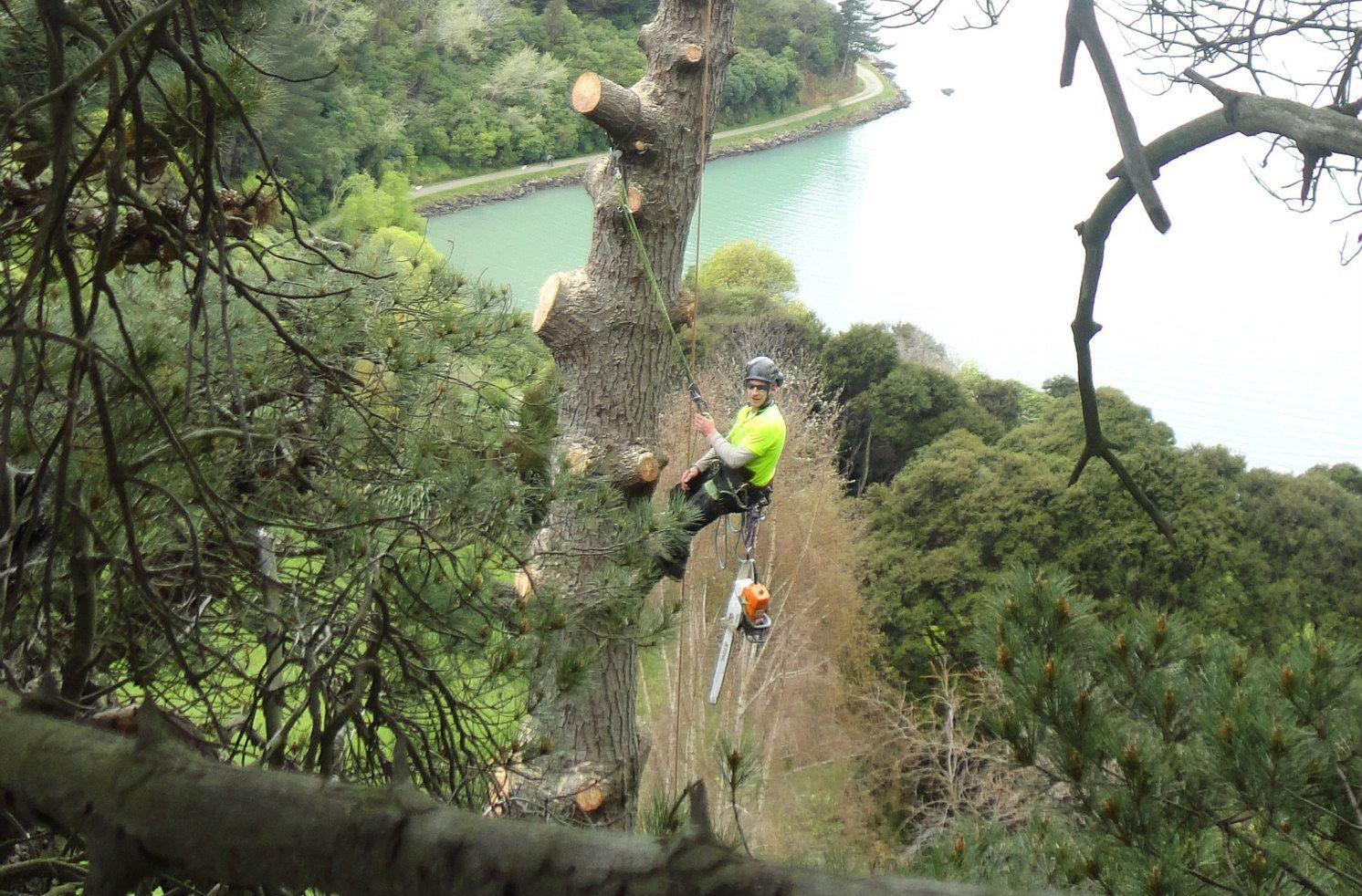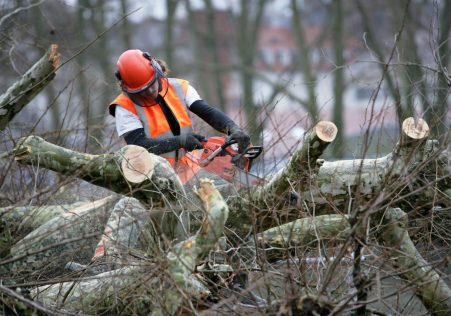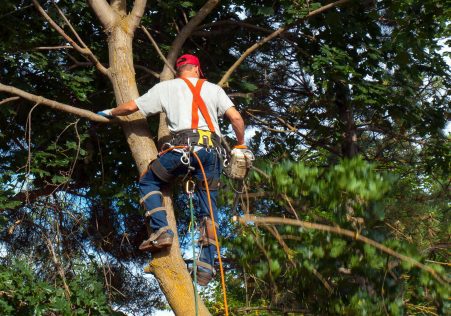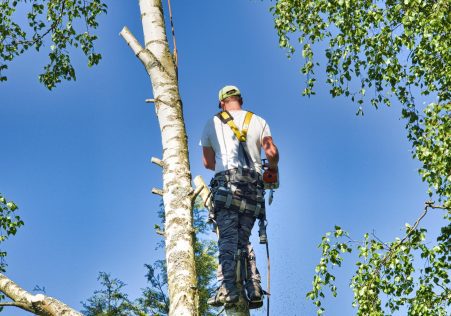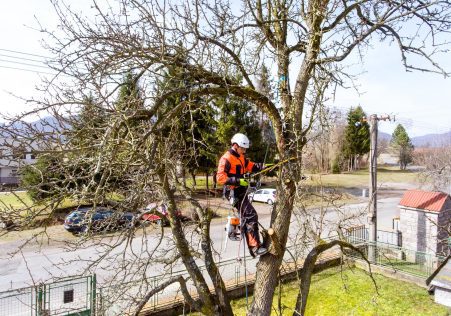Expert Advice on Identifying Protected Trees located in Blacktown
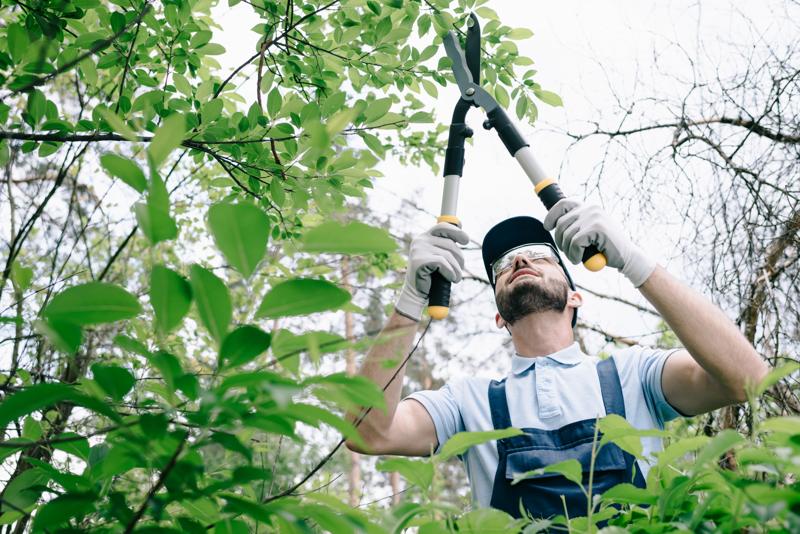
Trees play an important part in the environment, providing shade, clean air and aesthetic value our surroundings. However there are a few trees that aren’t alike and some have extra protection status, which makes it illegal to carry out any work without obtaining permission. If you are considering having a tree removed it is crucial to be aware of the protection status of the tree you’re considering and what steps you’ll need to follow to be in compliance with the law. In this article, we will guide you through the process of determining whether trees are safe and exactly what steps you need take to be sure that you comply with the law.
What is a protected tree?
A protected tree can be subject to specific legal restrictions and it is unlawful to do works on a tree without having the appropriate permissions. There are two types of protection a tree might have: statutory protection and preservation orders.
Protection under the law
In the context of legal protection trees are protected under laws and subject to Tree Preservation Orders (TPOs). TPOs are issued by local authorities in order to protect trees of significant public value and ensure they are not destroyed or damaged.
Preservation orders
Preservation orders are like TPOs in that they are issued through the secretary of state for the Environment. Preservation orders for trees are considered to have exceptional worth and are therefore protected from any kind of work, including the felling.
How do I know whether a tree is safe?
To determine whether trees are protected, you will need to check if it is subject to the protection of a TPO or preservation order. This can be done by contacting the municipal authority, and asking them to check their archives.
TPO search
To search for a TPO You can reach the Tree or Woodland Official at your local authority, who will be able to tell you whether the tree is protected. They’ll also be able to guide you on the next steps to take if the tree is in a protected area.
Preservation order search
In order to search for a preservation order you will need to contact the Secretary of State for the Environment. They will tell you whether the tree is protected and will provide the required information and guidelines.
FAQs:
What happens if I conduct work on a tree that is protected without permission?
If you work on a protected tree without the appropriate permits, you could be facing significant fines, and possibly even jail time.
Can I appeal to a TPO and/or preservation order?
Yes, you can appeal a TPO or preservation decision if you feel that it is not justified. You will have to prove your claim and explain that you believe that the TPO or the preservation decision isn’t necessary.
Can I remove a protected tree?
It is against the law to remove a protected tree without obtaining permission from the appropriate authorities. If you require removal of the tree then you must apply for permission and provide evidence to support your case.
Conclusion
In the end, determining if trees are protected is a crucial step to ensure that tree work is carried out legally. By understanding the different types of protection, and knowing how to determine if they are protected, you can ensure that you’re following the law and safeguarding the trees you care for. If you are unsure about the status of protection for trees, we suggest seeking professional advice from an experienced tree expert such as Blacktown Tree Cutting. Our arborists are experienced and will be able to advise you about the protection status of your trees, and will guide you through the steps to ensure that you are acting within the legal guidelines. With our knowledge and dedication to providing high-quality tree services, we can help you preserve the beauty and value of your trees. Contact us today at 0480 024 203 to schedule a consultation, and let us help you keep your trees safe and healthy.

